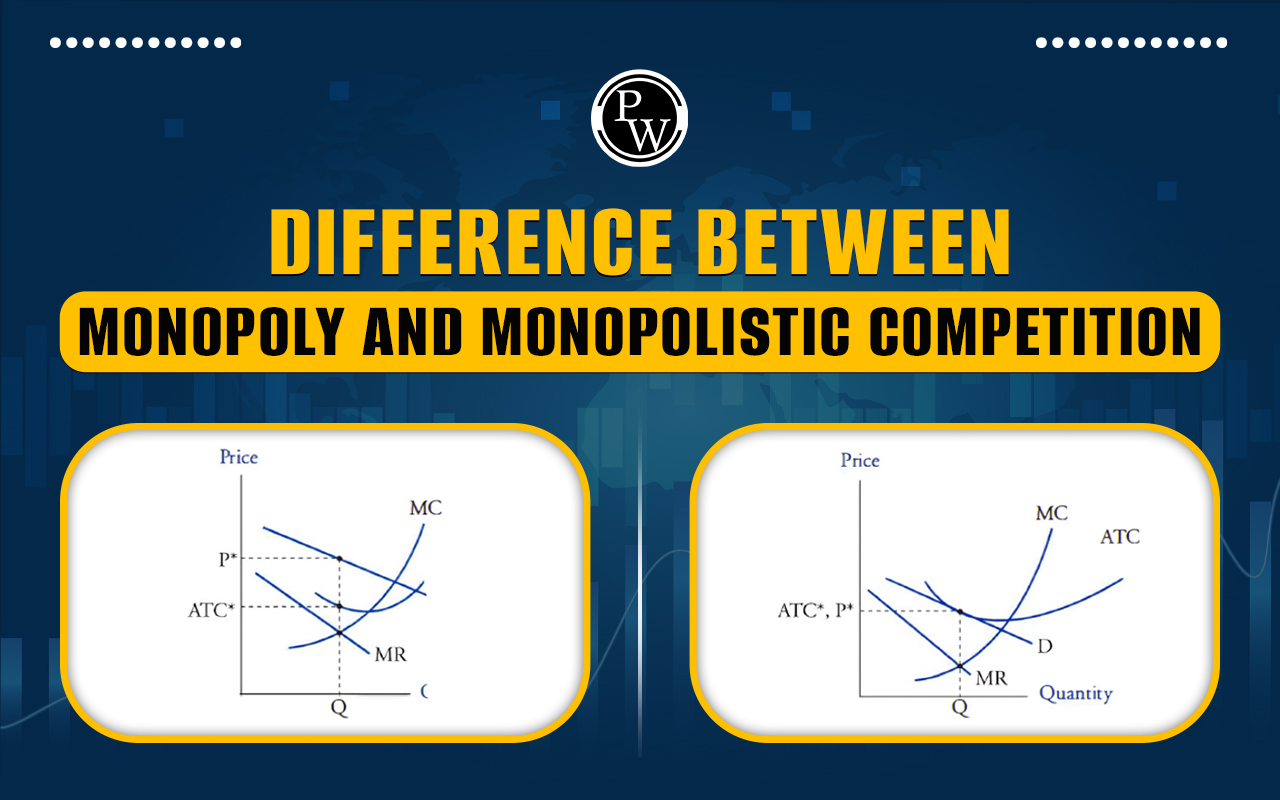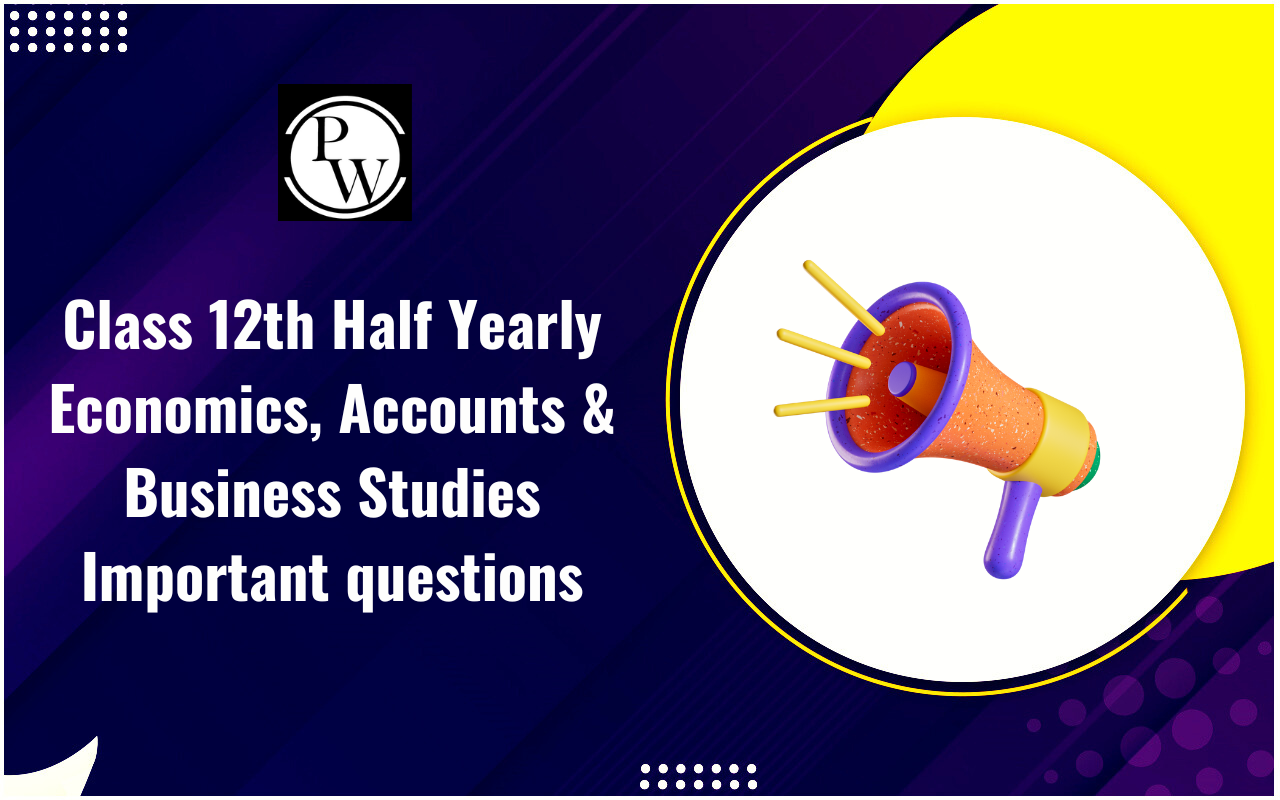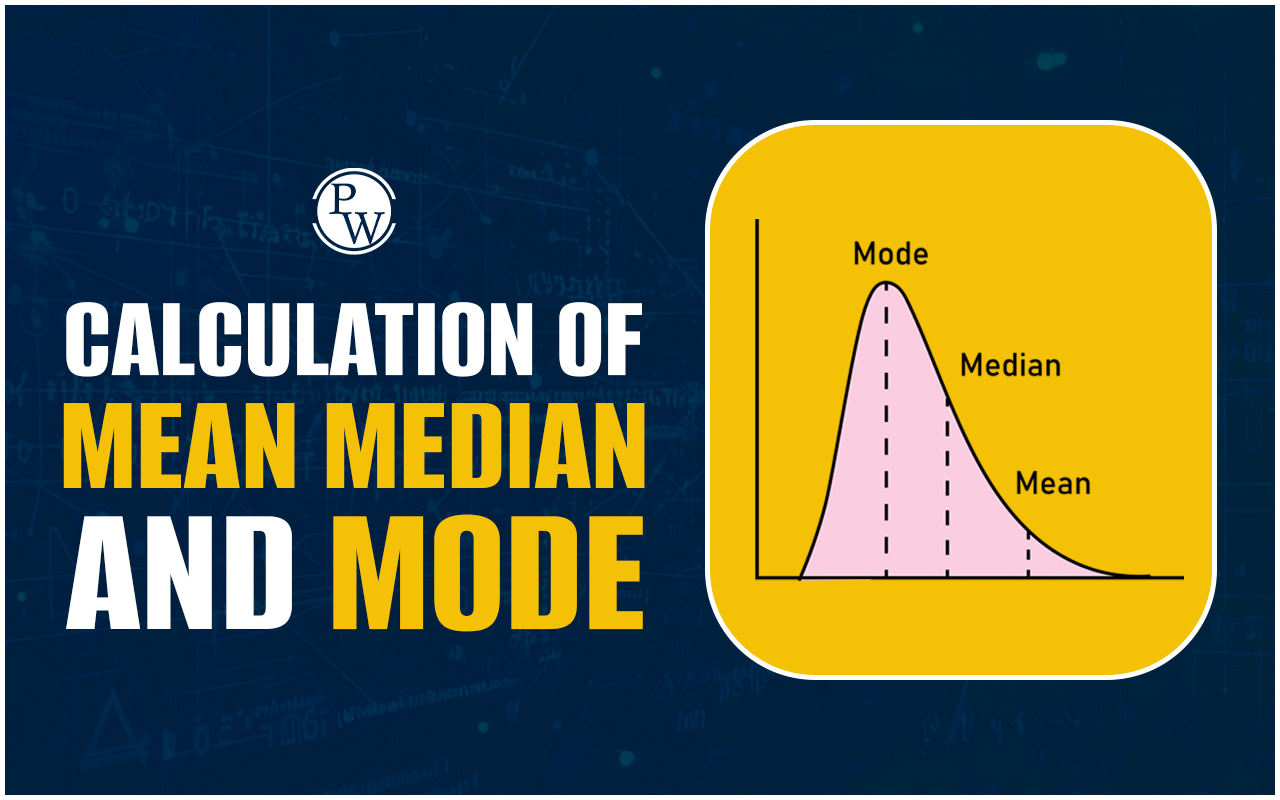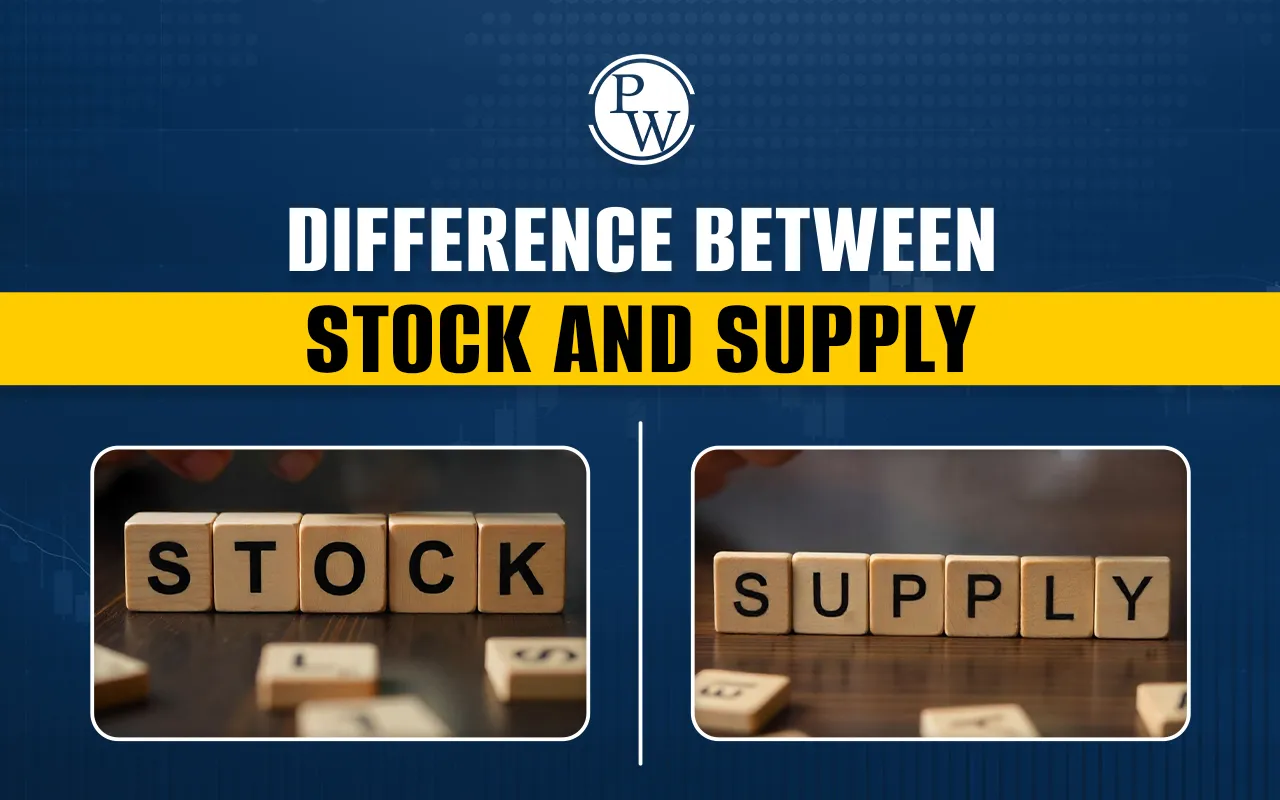

Monopoly and Monopolistic Competition: An imperfect competition occurs when the buyer or the seller has price control over a commodity. Three kinds of imperfect competition exist: oligopoly, monopoly, and monopolistic competition. Perfect competition is when individual producers and purchasers do not control a product's price.
Monopoly Competition Meaning
Monopoly competition refers to a market structure in which there is only one seller or producer of a given item or service. In this case, this single entity has total control over the supply and pricing of the products it supplies, resulting in a lack of direct competition. Unlike other market structures where multiple sellers coexist, monopoly competition is characterized by a single dominant player, effectively forming a market monopoly.
Monopolistic Competition Meaning
Monopolistic competition is a market arrangement in which numerous vendors offer slightly different commodities or services. Due to perceived inequalities in their offers, businesses have the freedom to establish their pricing and outputs to a significant extent in this framework. Unlike perfect competition, where products are identical, or monopoly, where there's only one seller, monopolistic competition strikes a balance between variety and market diversity.
Monopoly and Monopolistic Competition Example
Monopoly Example:
A classic example of a monopoly is the De Beers Group, which historically held a dominant position in the diamond industry. For many decades, De Beers controlled over 80% of global diamond production and distribution. This meant they had a near monopoly on diamond supply, allowing them to control both the quantity available in the market and the price of diamonds.
In this monopoly scenario, De Beers could regulate the supply of diamonds to maintain their scarcity and high market value. They also controlled the marketing and distribution channels, ensuring that diamonds were perceived as rare and valuable.
Monopolistic Competition Example:
A prominent example of monopolistic competition is the smartphone industry. Several companies, including Apple, Samsung, Google, and Huawei, compete in this industry. While all these firms develop smartphones, each brand distinguishes its devices through unique features, styles, and branding.
For instance, Apple's iPhone is noted for its elegant design, intuitive user interface, and network of apps and services. In contrast, Samsung stresses advancements in technology and offers a choice of mobile phones to accommodate varied consumer preferences. Google's Pixel line focuses on camera quality and integration with its software products, while Huawei emphasizes camera technology and high-performance hardware.
Monopoly and Monopolistic Competition Differences
Two prominent imperfect market structures, monopoly and monopolistic competition, differ significantly in their characteristics and impact on the market. Let's explore the distinctions between monopoly and monopolistic competition in the table below:
| Aspect | Monopoly | Monopolistic Competition |
| Number of Sellers | One: There is only one seller or producer in the market. | Many: Numerous sellers offer similar but slightly differentiated products. |
| Product Differentiation | Unique: The product offered is unique and has no close substitutes. | Slightly Different: Products are similar but possess slight differences, creating a sense of variety. |
| Control Over Price | High: The monopoly has significant control over the price, often leading to higher prices for consumers. | Limited: Sellers have some control over pricing due to product differentiation, but competition keeps prices relatively stable. |
| Barriers to Entry | High: Barriers such as patents, resources, or technology often prevent new entrants from competing effectively. | Low: New businesses can easily enter the market, leading to a more dynamic and competitive environment. |
| Advertising and Branding | Significant: Monopolies may invest heavily in advertising to maintain their market dominance. | Prominent: Companies focus on advertising and branding to distinguish their products and attract consumers. |
| Market Power | High: Monopolies have substantial market power, allowing them to influence market trends and consumer behavior. | Moderate: Each seller has a moderate level of market power due to product differentiation, but no one firm dominates the market entirely. |
| Examples | De Beers (diamond industry in the past) | Smartphone industry (Apple, Samsung, Google, etc.) |
Monopoly and Monopolistic Competition Similarities
Despite their distinct characteristics, monopoly and monopolistic competition share certain similarities. Here are a few key points of resemblance between these two market structures:
Profit Maximization: Both aim to maximize their profits by setting prices and outputs that yield the highest financial gains.
Market Demand Influence: Both are influenced by consumer demand for their respective products.
Product Quality: Both focus on maintaining product quality to attract and retain customers.
Resource Allocation: Both involve allocating resources efficiently to optimize production and meet market demands.
Market Dynamics: Both contribute to shaping market dynamics and play roles in a nation's economy.
Monopoly and Monopolistic Competition FAQs
How does a monopoly set prices?
Is branding important in monopolistic competition?
Can monopolistic competition lead to innovation?
How do monopolies affect consumers?
Why do monopolies need regulation?












